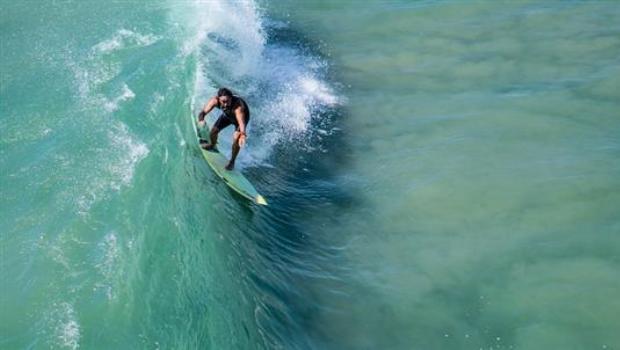3D printing has been contributing immensely for creating human organs and with successful implants. A similar story has come to notice where a Texas based company 4WEB created 3D printed titanium leg. The leg was created for an active surfer Callum Harewood. Unfortunately, Callum got his leg injured in a motorway accident. Has there not been 3D printing for his rescue, he would have lost his leg completely.
On a harmless February morning in Warana, Queensland, circuit tester Callum Harewood slammed his van on the motorway, rolling the vehicle and enduring various wounds. And in addition softening vertebrae up his neck, the circuit repairman endured wounding to his mind, nerve harm to his arms, and a few crushed bones in his right leg. He was taken to the adjacent Nambour Hospital, yet restorative staff expected that the right leg would need to be cut off—a 15cm area of bone was missing, and a few of the missing pieces were still scattered at the scene of the crash. Luckily, a group of well-informed specialists were available to offer Harewood—a sharp surfer in his extra time—a superior alternative than removal. With 3D printed titanium embed; specialists would have the capacity to spare the patient’s harmed leg.
Utilizing a metal 3D printer, restorative staff could spare Harewood’s leg by printing a custom, 15cm embed to supplant the missing bit of bone. As indicated by Dr. Kevin Tetsworth, Harewood’s orthopedic surgeon at the Royal Brisbane and Women’s Hospital, the circuit tester was one of six patients to get comparative medications at the healing facility in the previous year. “Callum had a frightful harm,” Tetsworth reviewed. “There was so minimal bone left. Some of it was lost in the city and there would have been dead and truly messy pieces of bone. The outcome was a 15cm missing segment and nothing to place screws into. A portion of his ligament was missing as well.”
The groundbreaking 3D printing procedure was really a community oriented exertion between specialists at the RBWH and some assistance from the USA. In the wake of conceding Harewood, staff at the Queensland-based clinic rapidly took sweeps of the patient’s wounds, before sending them on to 4WEB, a Texas-based organization, whose restorative designing group could create 3D printed titanium embed in view of the correct physiology of Harewood’s harmed right leg. This embed supplanted a portion of the missing ligament and upheld a bone join.
4WEB Medical, situated in Frisco, Texas, offers a scope of 3D printed embed administrations, and as of late got FDA freedom for a 3D printed sidelong spine truss framework for patients with serious back wounds. The organization had beforehand made other 3D printed, quite particular inserts for Australian doctor’s facilities through its association with LifeHealthcare, its Australian social insurance accomplice.
Source: 3ders.org
